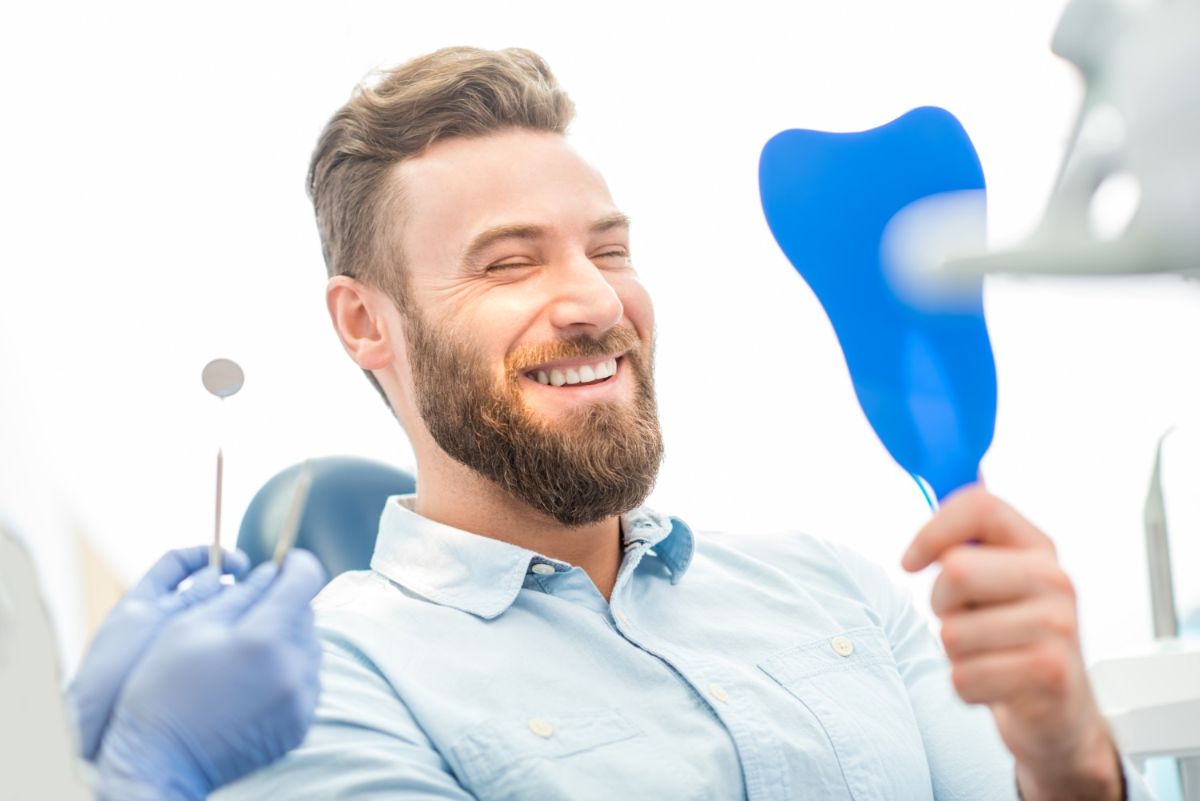What’s the first thing you do when you want to know more about a medical treatment or procedure you think will benefit you? Most of us begin by seeking out a qualified provider we feel comfortable with, one who has the experience, skills, and knowledge necessary to meet whatever needs we have.
Your smile is no different! Finding the right orthodontist for you is the first step in any orthodontic journey. If you’re not sure where to begin, Orthodontics of South Miami is here to help! Keep reading below to learn more about what you should know before deciding who to trust with your smile.
Back to basics: what is an orthodontist?
There are specialists in every category of general medicine. The same holds true for dentistry, and orthodontists fall under this classification. They are dentists who have additional training and education, who focus on diagnosing, preventing, and correcting misaligned teeth and jaws.
After an orthodontist graduates from dental school, they must complete at least two years of study in an orthodontic residency program. These programs must be accredited by the American Dental Association, and they tend to be very competitive. In fact, they generally only accept the top dental school graduates! Throughout their residency, they study the growth of the teeth and jaw, develop solid diagnostic skills, and learn biomechanical techniques to properly move teeth.
As you can see, a lot of hard work, extra education, and additional training goes into becoming an orthodontist! Dr. Rothenberg and Dr. Ross both attended the University of Connecticut for their residency, and have over 40 years of experience in creating beautiful smiles between them.
What treatment options are available?
Advancements in orthodontic technology and technique allow us to offer the following treatment options at Orthodontics of South Miami.
Traditional Metal Braces
Traditional metal braces are the most common type of braces and are more comfortable today than ever before. Made of high-grade stainless steel, metal braces straighten your teeth using metal brackets and archwires. With metal braces, you have the option of adding colored elastics (rubber bands) for a more unique and colorful smile.
Clear Braces
Sometimes called ceramic braces, this option works like metal braces but is made of clear materials and therefore a more subtle option. While they are visually less prominent, they do require more attention to oral hygiene as ceramic braces are larger and are more brittle than their metal counterparts. For these reasons, they are used mainly on older teenagers and adult patients who have cosmetic concerns.
Lingual Braces
Lingual braces are similar to traditional braces in several ways. For instance, both have brackets attached to the surface of the teeth, and both use wires and rubber bands to slowly move them into more desirable positions. However, the brackets used with lingual braces are placed on the back sides of the teeth facing the tongue, rather than the front of the teeth. This makes them a virtually invisible choice!
We use Harmony braces in our practice, which combine lingual braces with self-ligating brackets. This means they have a built-in door that holds the wire passively to the bracket, eliminating the need for additional attachments and decreasing the amount of force required to move the teeth. Self-ligating braces can be very precise and effective. In fact, they work so efficiently that fewer adjustments are often required!
Invisalign clear aligners and Invisalign Teen
Invisalign clear aligners are a comfortable and efficient alternative to braces. These customized trays fit firmly over the patient’s teeth and are worn 20-22 hours per day throughout treatment. These trays are switched out for the next in the series every week or two to keep up with the movement of the teeth.
The removable aligners give patients a bit more freedom and flexibility than traditional braces! Invisalign Teen has also been developed with the unique needs of teens in mind, and includes compliance indicators, eruption tabs, and replacement aligners.
What does the treatment process look like?
Whatever treatment option you decide on, you should expect regular follow-up visits at your orthodontist’s office. These will usually be every 6-8 weeks, depending on whether you’re wearing braces or aligners. Since you’ll be interacting with your orthodontist’s office regularly throughout the treatment process, it’s important to find one you feel comfortable with!
During these visits, one of our doctors will check that your teeth are moving according to the treatment plan, make adjustments as needed, and replace any worn-out rubber bands if you’re wearing braces. The wire may be replaced as well. These appointments are an essential part of your orthodontic journey, so you should always do your best to keep them! Failure to do so can lengthen the total treatment time.
Is Orthodontics of South Miami the right fit for you and your smile?
We know that choosing an orthodontist is a personal decision, and you have many choices available. At Orthodontics of South Miami, we work hard to stand out from the crowd!
Our practice has built a reputation for creating outstanding smiles that are truly works of art, and we pride ourselves on developing personal relationships with our patients and their families. This family-based allows us to provide patients with a rewarding and stress-free orthodontic experience.
A healthy, beautiful smile can transform your life! If you’re in South Miami and want to learn more about how our expert orthodontists can help you achieve the smile you’ve always wanted, get in touch today to schedule a FREE consultation with Dr. Rothenberg or Dr. Ross.

